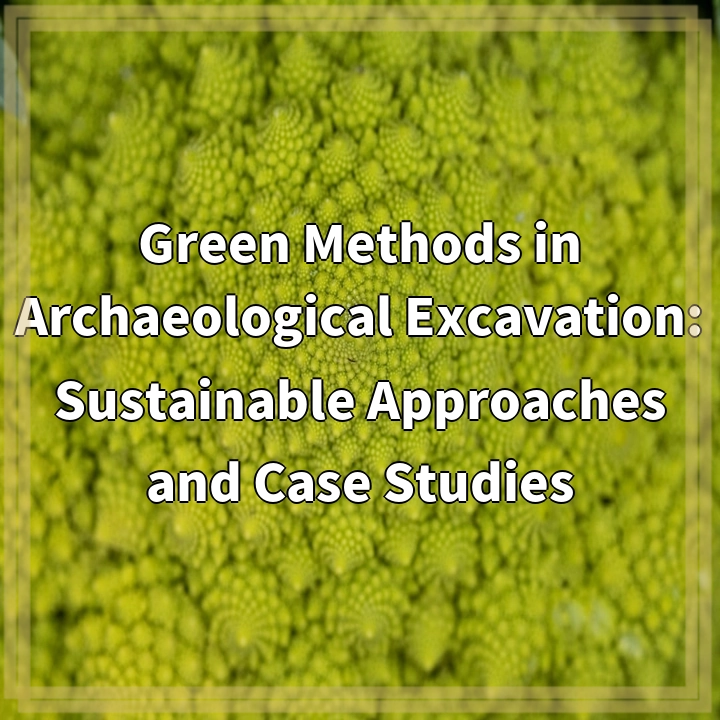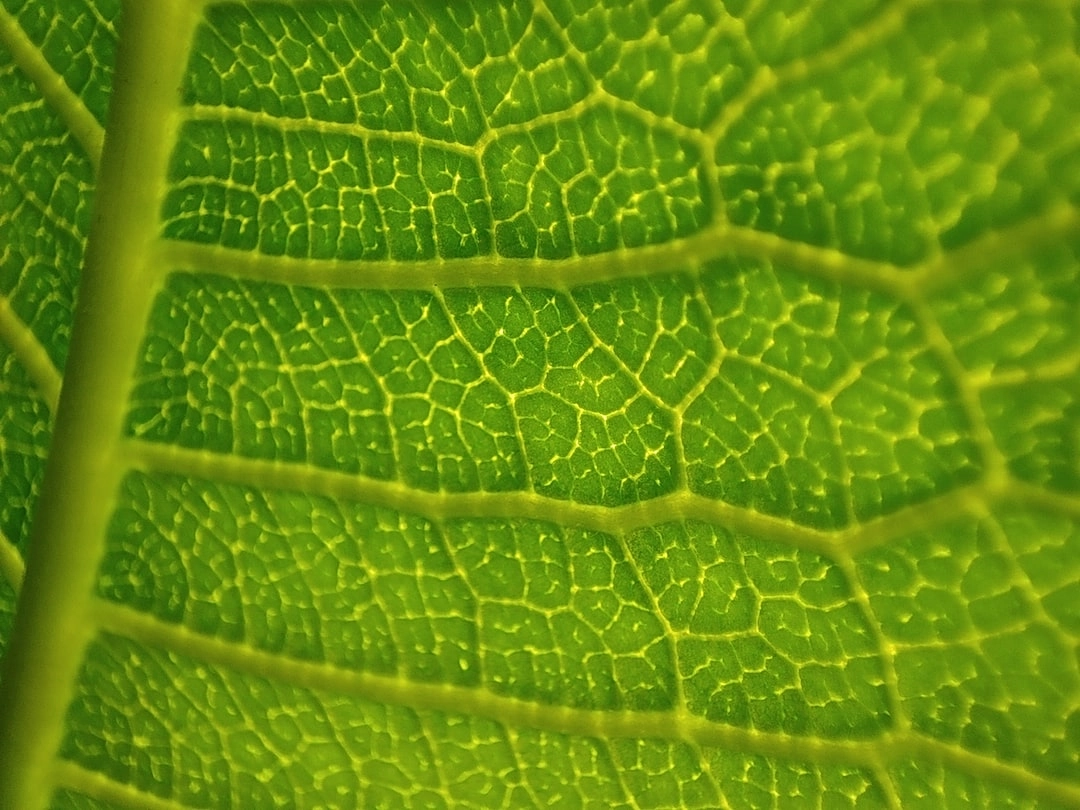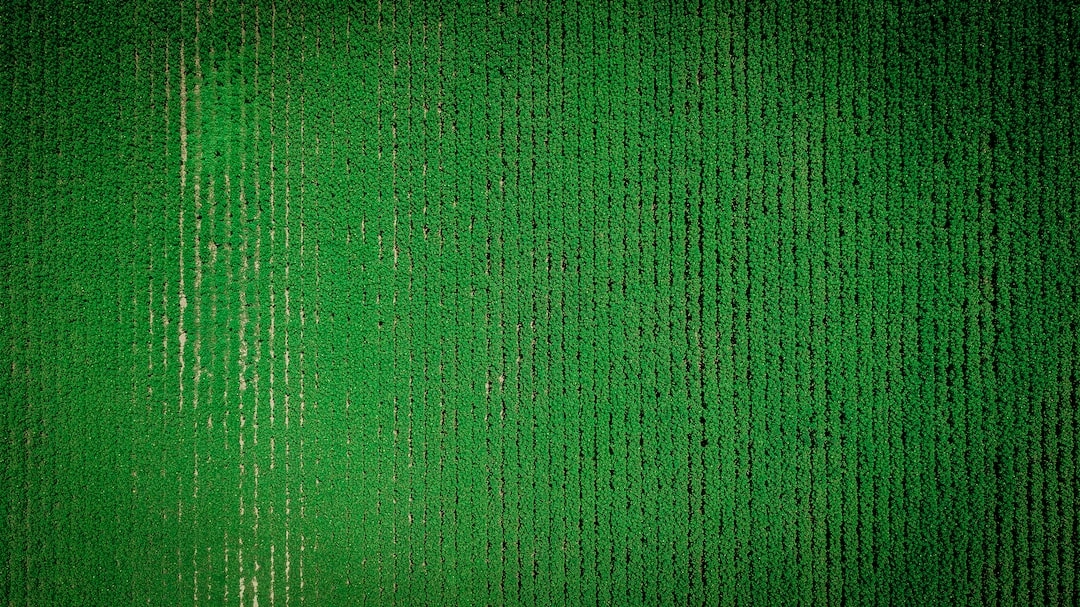
What it is:
Green methods in archaeological excavation refer to the implementation of sustainable approaches to minimize the environmental impact of excavations and promote conservation practices within the field of archaeology. Traditional archaeological digs often involve the use of heavy machinery, excessive energy consumption, and the inadvertent destruction of ecosystems. In contrast, green methods aim to reduce carbon emissions, conserve resources, and preserve cultural heritage sites for future generations.
Real-world problems:
Despite the growing awareness of the need for environmentally friendly excavation methods, there are several challenges that archaeologists face when implementing sustainable approaches:
1. Funding constraints:
Green excavation practices may require additional resources, equipment, and training, which can strain limited archaeological budgets. Finding financial support to incorporate sustainable methods can be a major hurdle in many archaeological projects.
2. Limited accessibility of eco-friendly technology:
While there are environmentally friendly alternatives available for some excavation processes, accessing and affordability of such equipment can be a challenge. Acquiring specialized tools and machinery that reduce environmental impact may be difficult or costly for archaeologists.
3. Balancing conservation and excavation priorities:
Archaeologists face the delicate task of balancing the need for excavation and research with the preservation of cultural heritage sites. Green methods often involve slower and more meticulous excavation techniques, which can conflict with the pressure to uncover artifacts quickly. Striking a balance between conservation and excavation priorities is a key challenge.
4. Resistance to change and traditional norms:
Some archaeological practices are deeply entrenched in traditional methods and cultural norms, making it difficult to introduce and adopt green excavation techniques. Resistance to change, skepticism about new approaches, or a lack of awareness about sustainable alternatives can hinder the widespread adoption of eco-friendly excavation methods.
5. Lack of standardized guidelines:
There is currently no universally accepted set of guidelines or standards for green excavation methods in archaeology. This lack of standardized practices makes it challenging to implement consistent and effective approaches across different archaeological projects and regions.
Addressing these real-world problems is crucial for the successful integration of green methods in archaeological excavation. By raising awareness, securing funding, promoting innovation, and developing standardized guidelines, archaeologists can overcome these challenges and contribute to a more sustainable and environmentally conscious field of study.

Solutions to Real-World Problems in Green Methods of Archaeological Excavation:
1. Securing Adequate Funding:
Archaeologists can explore various funding opportunities, such as grants and partnerships with conservation organizations, to support the implementation of sustainable excavation methods. Advocacy for the importance of environmentally conscious practices can help attract funding specifically dedicated to green approaches.
2. Encouraging Development and Accessibility of Eco-Friendly Technology:
Researchers, archaeologists, and technology developers should collaborate to create affordable and accessible eco-friendly equipment and machinery specifically designed for archaeological excavation. Increased availability of such tools would facilitate the adoption of sustainable practices across the field.
3. Balancing Priorities through Collaboration:
Archaeologists, conservationists, and local communities need to work together to establish clear priorities and strategies for excavation. Incorporating different perspectives can help strike a balance between excavation and conservation goals, ensuring the preservation of cultural heritage sites while still conducting valuable research.
4. Encouraging Cultural Shift and Awareness:
Promoting awareness about the benefits of green methods and their compatibility with archaeological research is crucial. Education and outreach efforts can help overcome resistance to change and foster a cultural shift towards embracing sustainable approaches in the field.
5. Developing Standardized Guidelines:
International organizations, archaeological societies, and researchers should collaborate to create standardized guidelines for green methods in excavation. These guidelines would provide a framework for implementing sustainable practices across different archaeological projects, ensuring consistency and effectiveness.
By implementing these solutions, archaeologists can overcome the challenges associated with green methods in archaeological excavation. Through funding, technological advancements, collaboration, awareness, and guidelines, the field can transition to more sustainable approaches, ensuring the preservation of both our cultural heritage and the environment.















